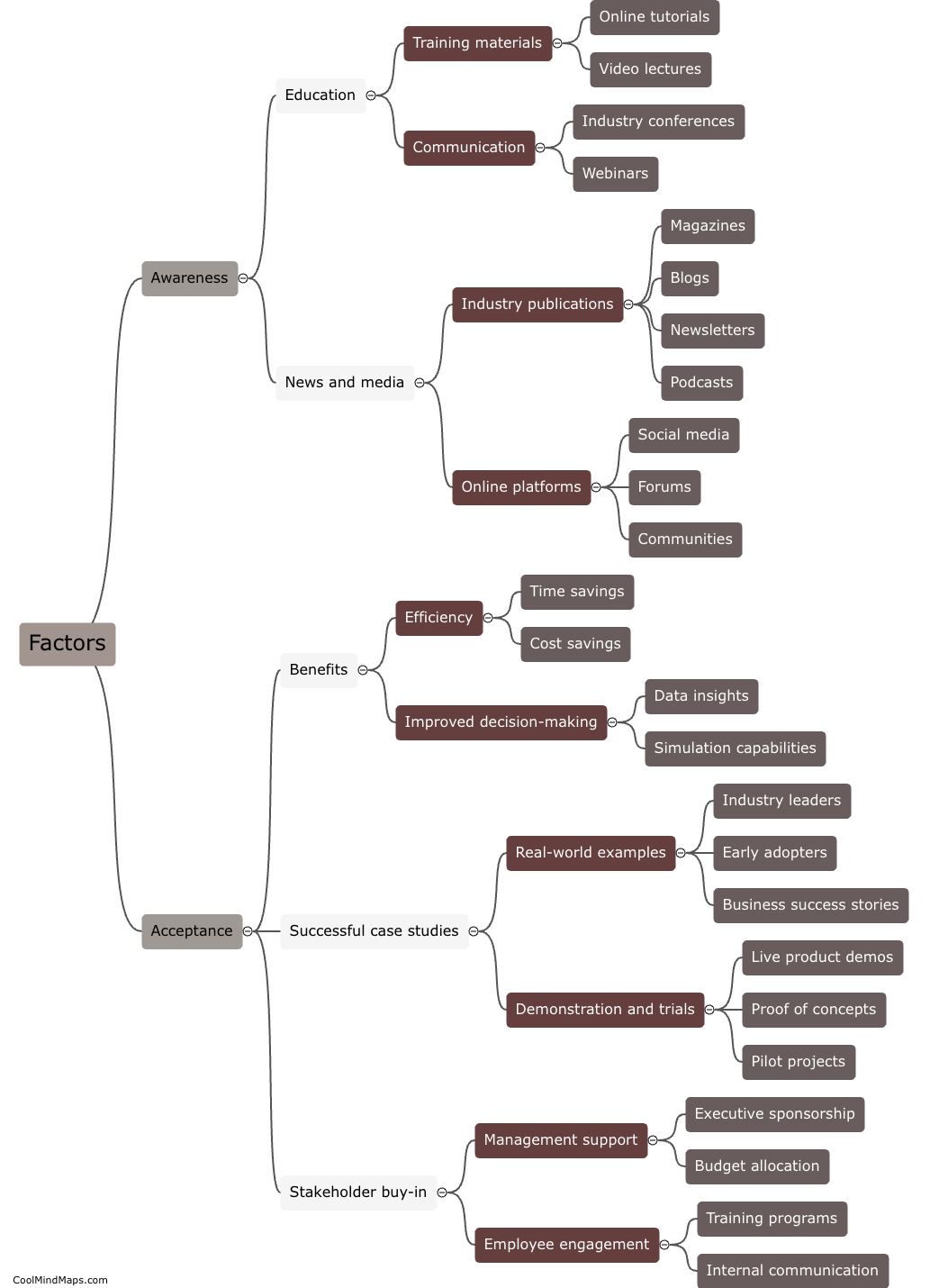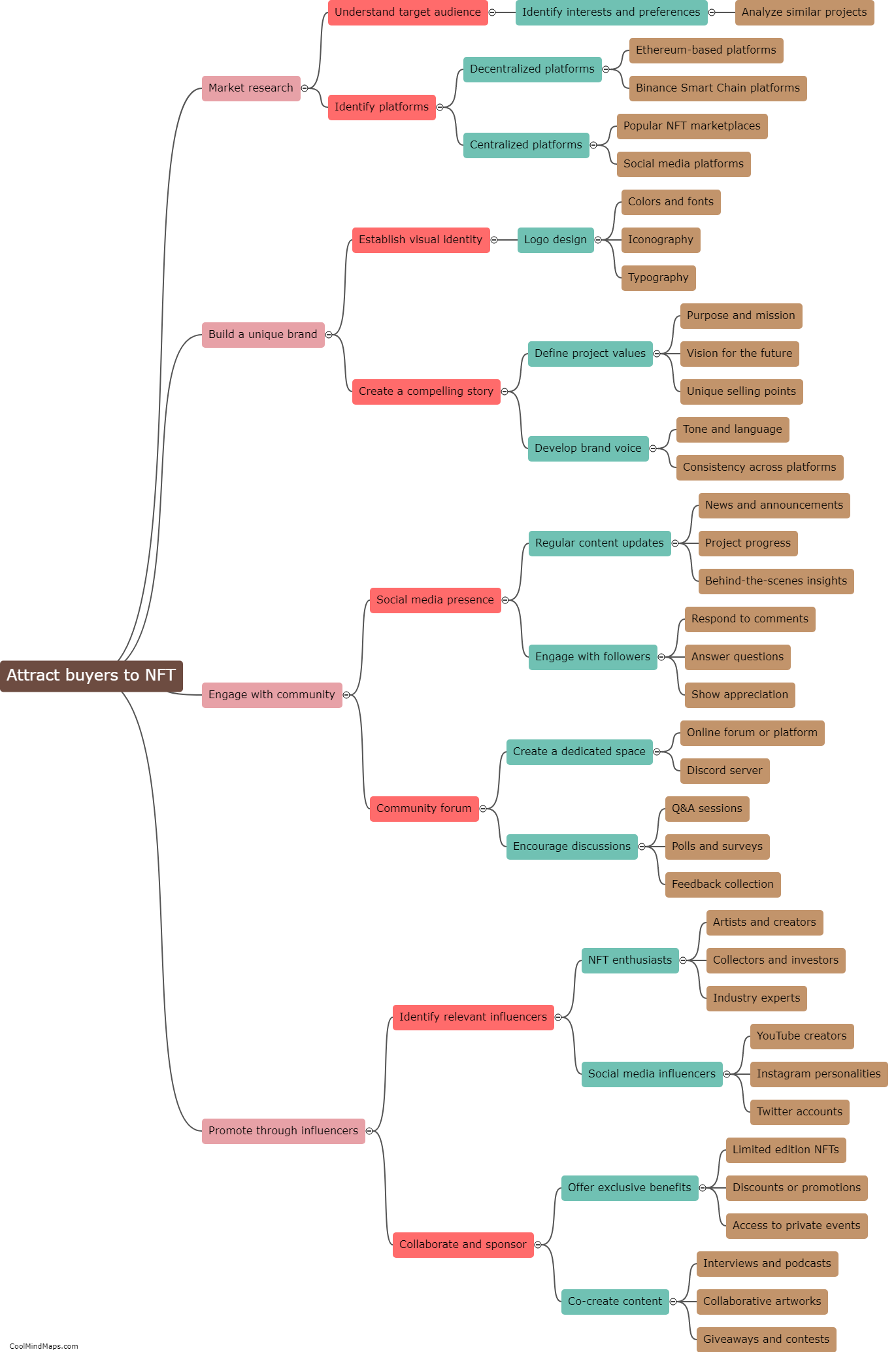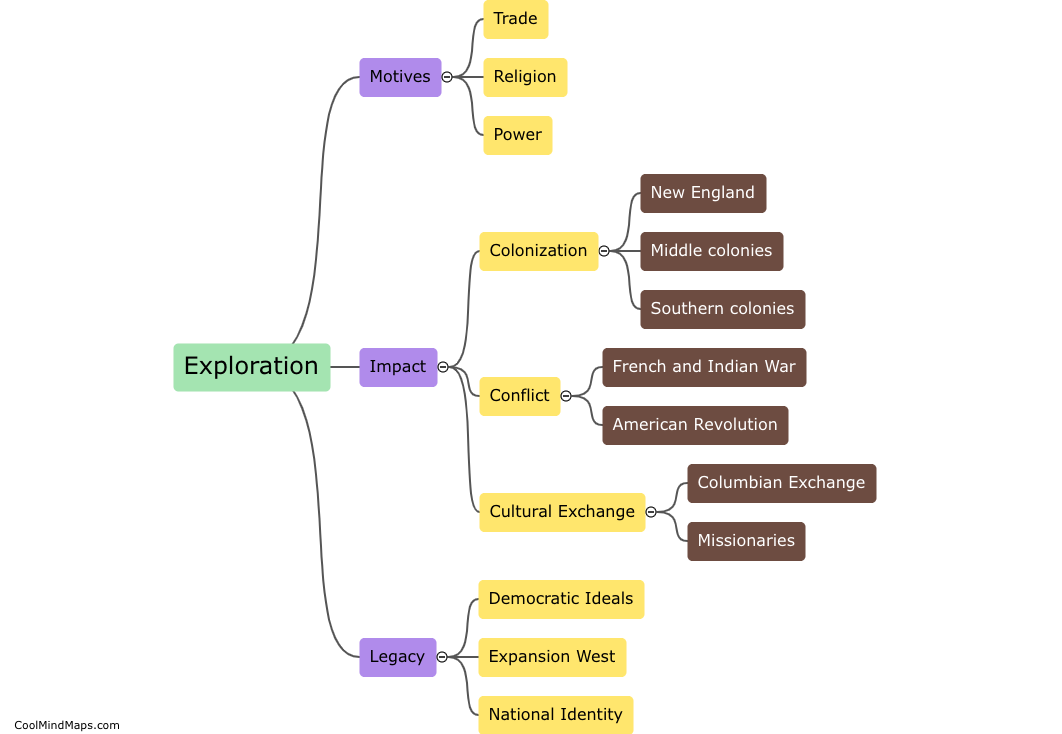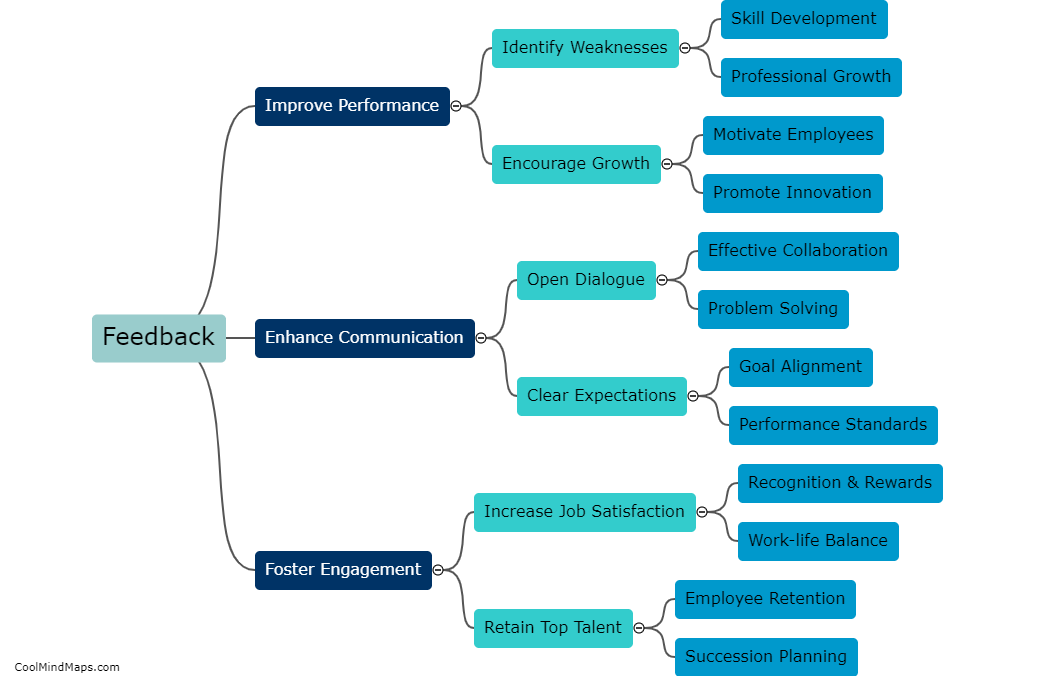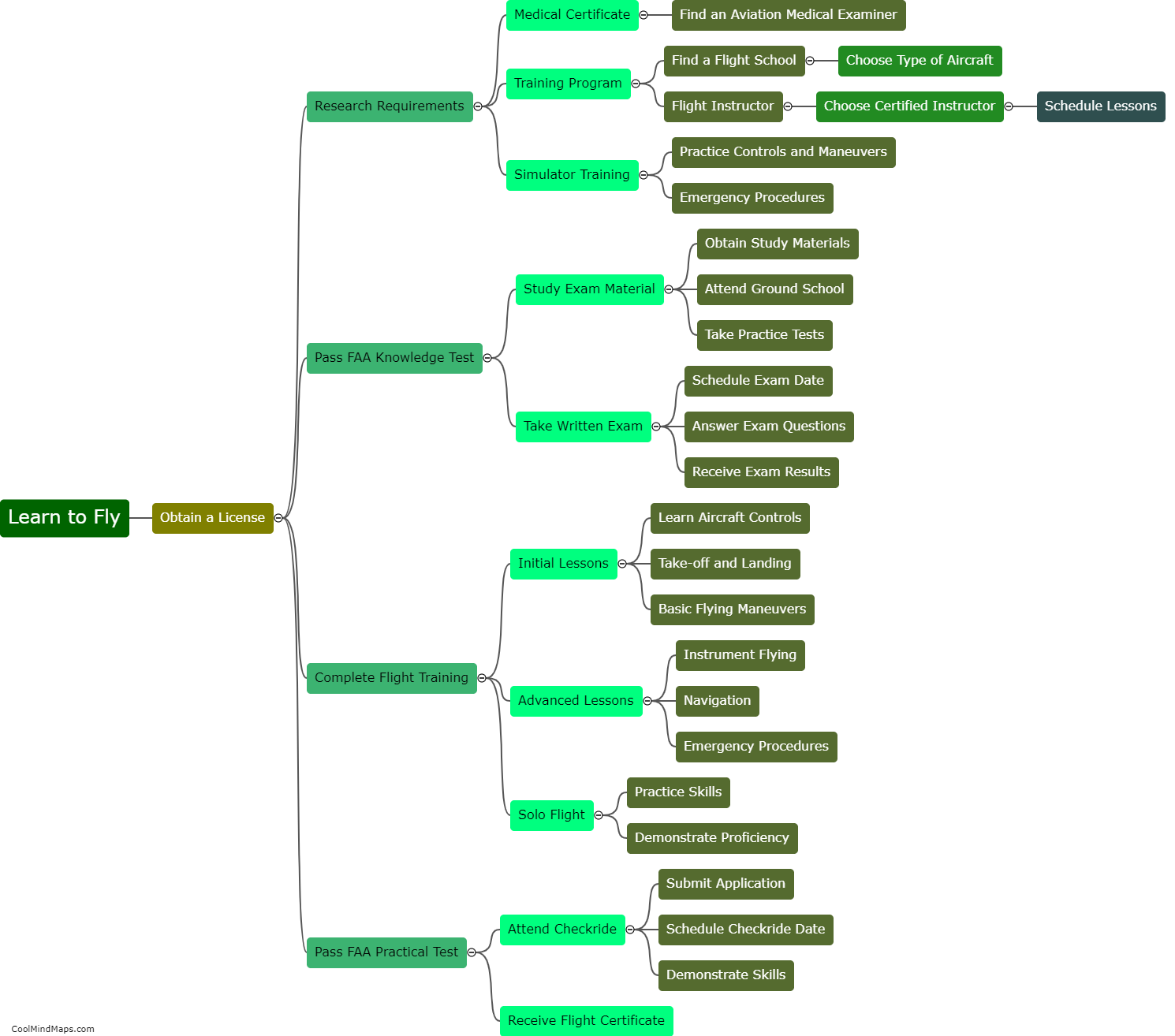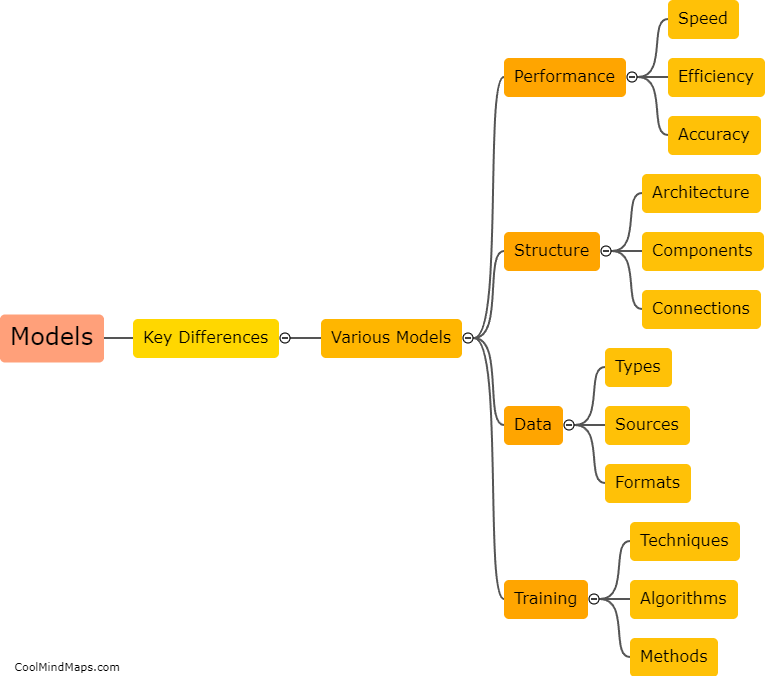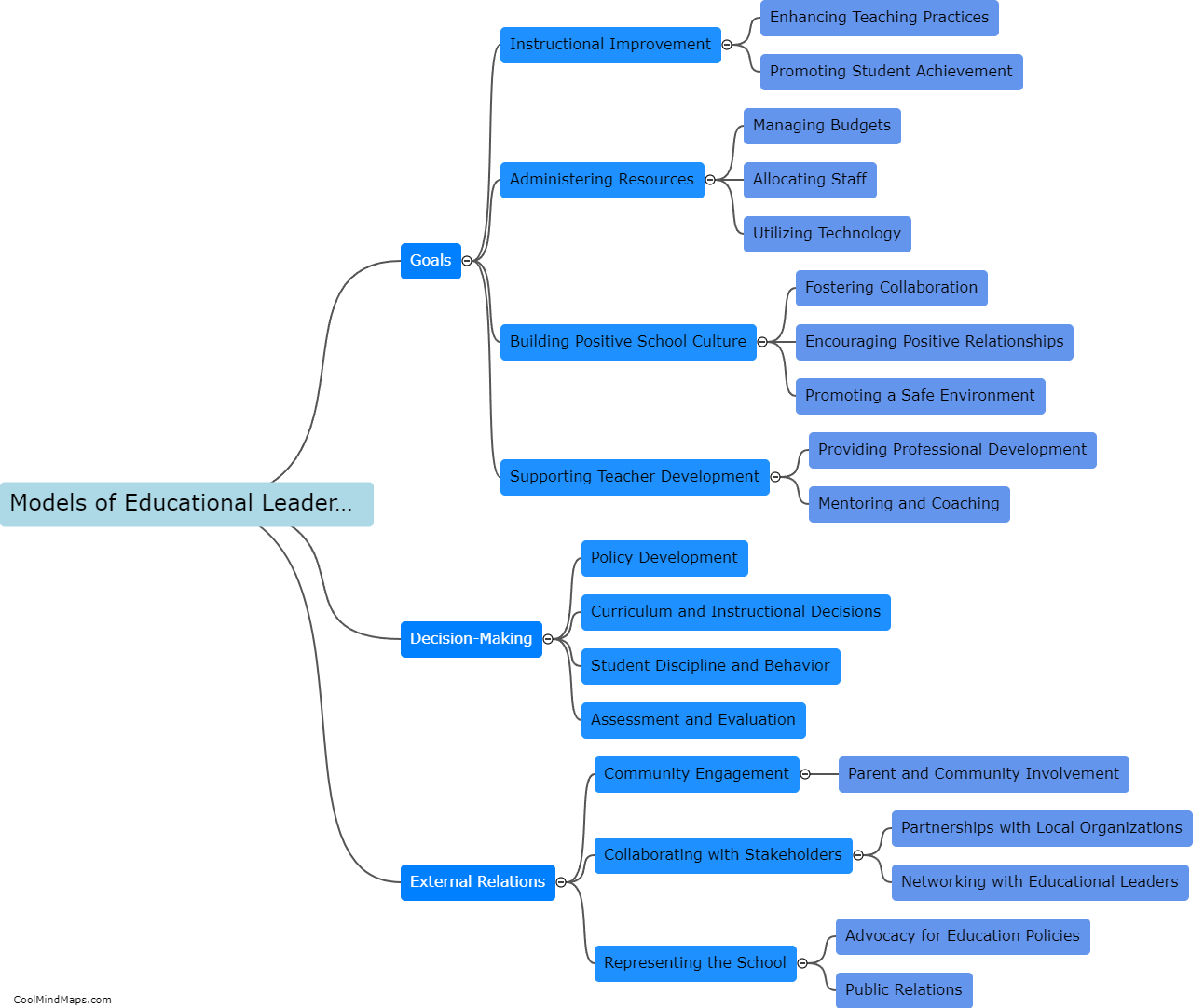What are the different models of educational leadership and management?
There are various models of educational leadership and management that are employed in schools and educational institutions. These models include bureaucratic, transformational, instructional, distributive, and democratic leadership. Bureaucratic leadership follows a top-down approach, where decisions are made by a few individuals at the top. Transformational leadership focuses on inspiring and motivating staff to achieve excellence. Instructional leadership emphasizes improving teaching and learning practices. Distributive leadership involves sharing leadership responsibilities among various individuals. Lastly, democratic leadership involves involving stakeholders in decision-making processes. These different models allow leaders to choose the most suitable approach depending on the specific context and goals of their institution.
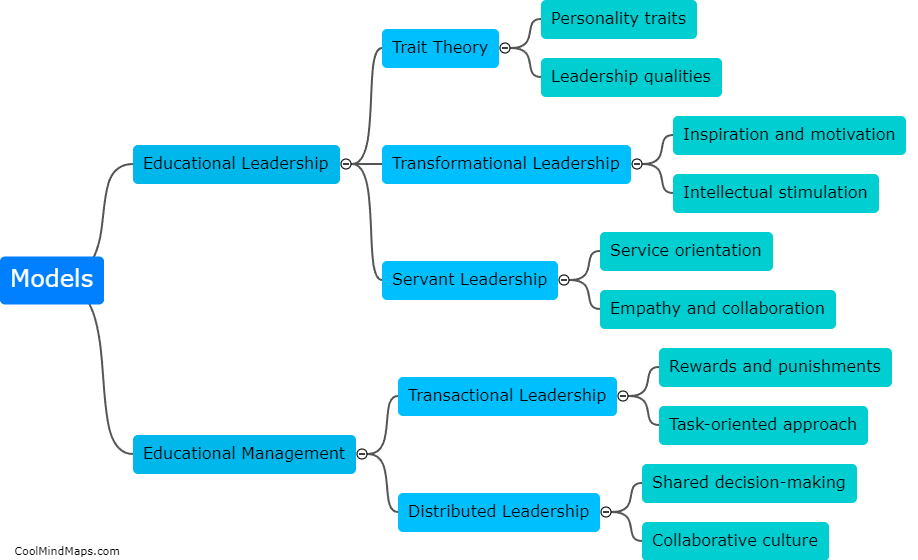
This mind map was published on 28 November 2023 and has been viewed 206 times.

